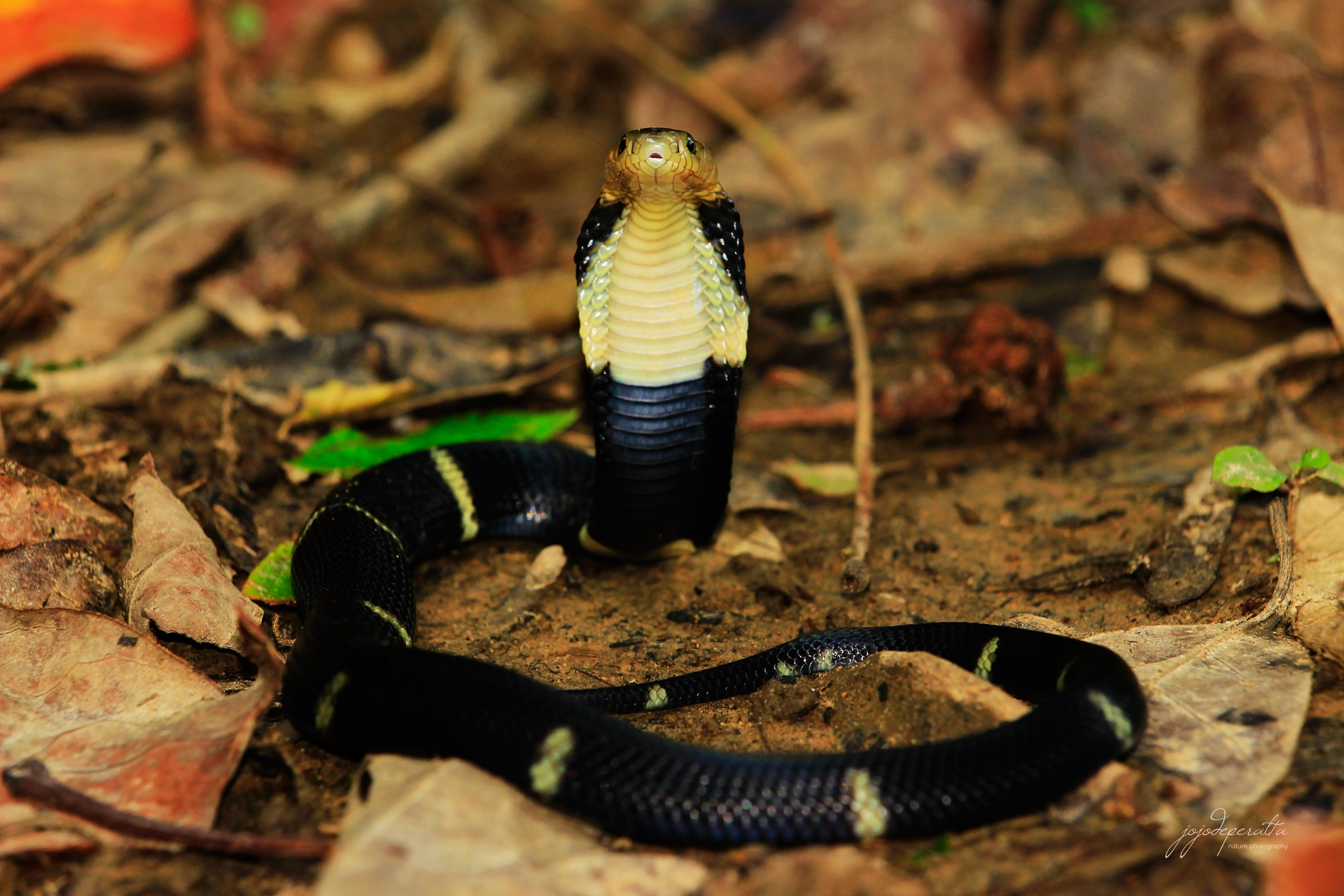New Opadometa spider discovered in Palawan
One of the most unique and beautiful spider in Palawan is the rare metallic blue spider of the genus Opadometa. Opadometa is a genus of spiders in the family Tetragnathidae and is separated from other Leucauge spiders by its pear-shaped abdomen and its distinctive fourth pair of legs. In addition to the rows of curved hairs, this leg also has a thick brush of spines. Palawan is rich in Araneae, but this is the only large blue spider seen in Palawan.
We did some research and found out that this blue spider is a species that has not yet been described. This blue spider is not among the four documented Opadometa species and the described eight subspecies. The closest spider I found on the internet is the newly discovered Opadometa sarawakensis, another unique spider found in Malaysia.
We found the webs during the day with the spider mostly at the hub and sometimes at the web margin. The web is large, usually over a meter in diameter and placed horizontally two to three meters from the ground. The entire web is suspended by several long strands of silk, some over two meters long and attached to nearby branches and leaves. This Opadometa species has a habit of falling down and playing dead on the ground when disturbed or felt threatened; a behavior called Thanatosis or a process by which an animal feigns death in order to evade unwelcome attention.

This spider is a lowland species that lives in shaded forest from sea level to around 350 meters above sea level. The same elevation currently threatened by illegal logging, slash and burn farming and conversion of forest to agricultural land. The forest of Palawan is declining every year. This unique blue spider may be in danger of being extinct due to its fast declining habitat. I don’t think that it can adapt easily on the grasslands because all webs we found are suspended above small patches of clearing under tall trees and away from direct sunlight. The loss of forest cover will surely have a very strong impact on this forest dwelling species. It is alarming that this species might perish before it has been officially described.
We did some research and found out that this blue spider is a species that has not yet been described. This blue spider is not among the four documented Opadometa species and the described eight subspecies. The closest spider I found on the internet is the newly discovered Opadometa sarawakensis, another unique spider found in Malaysia.
We found the webs during the day with the spider mostly at the hub and sometimes at the web margin. The web is large, usually over a meter in diameter and placed horizontally two to three meters from the ground. The entire web is suspended by several long strands of silk, some over two meters long and attached to nearby branches and leaves. This Opadometa species has a habit of falling down and playing dead on the ground when disturbed or felt threatened; a behavior called Thanatosis or a process by which an animal feigns death in order to evade unwelcome attention.

This spider is a lowland species that lives in shaded forest from sea level to around 350 meters above sea level. The same elevation currently threatened by illegal logging, slash and burn farming and conversion of forest to agricultural land. The forest of Palawan is declining every year. This unique blue spider may be in danger of being extinct due to its fast declining habitat. I don’t think that it can adapt easily on the grasslands because all webs we found are suspended above small patches of clearing under tall trees and away from direct sunlight. The loss of forest cover will surely have a very strong impact on this forest dwelling species. It is alarming that this species might perish before it has been officially described.












